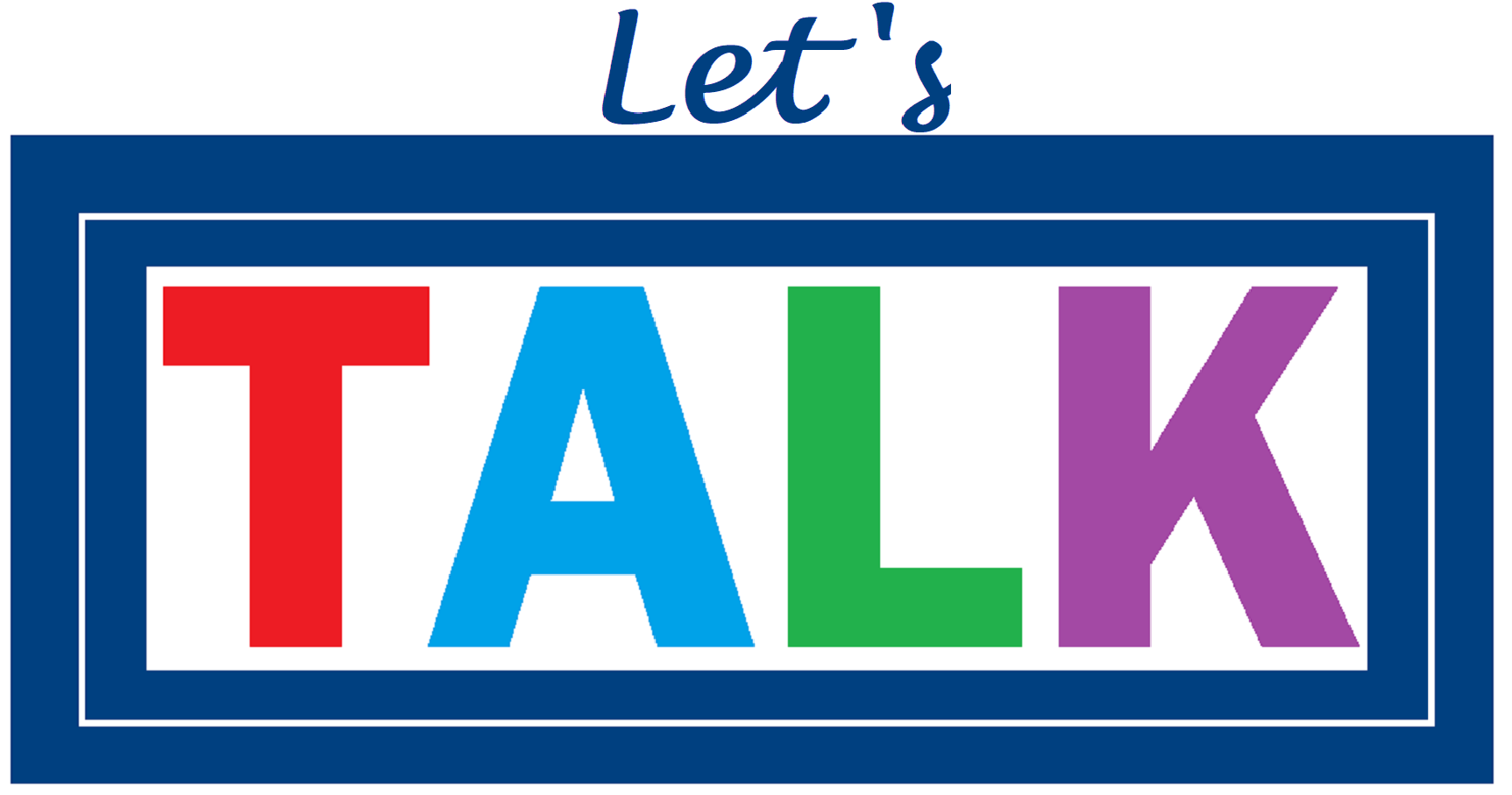By Dan Boughton
It seems like quite a fuss has been made the past few years about Native Plants. Pollinator Pathways, Connecticut Botanical Society and Native Plant Trust are just a few of the many groups throughout Connecticut and New England that are championing their cause. Let me take a few moments of your time to unpack this movement and see why this native plant evolution is causing a commotion and gaining many new adherents.
So, what is a native plant? Surprisingly, this question can get tricky and on occasion controversial. The most common answer given is that native plants grew naturally in New England and were present before European settlement began. Huh? Did Indigenous People have a fully documented list of these native plants that existed before Europeans swarmed these shores? Let’s try this. Over the last millennia, perhaps add a few hundred years or subtract a few hundred years, native plants have co-evolved and are codependent with the insects, birds and wildlife of our region. I’m going with that answer and give credit to Uli Lormer, author of The NorthEast Native Plant Primer.
Phew! Let’s move on. By the 1950s and the 1960s the quest for that “perfect green and weed free lawn” began in earnest. Then came all the non-native adornments to our yards such as Burning bush, Forsythia, Norway maple, Rose of Sharon, Autumn Olives and Hostas to name just a very few. These non-natives muscled their way into the eco-system, much to the detriment of all other native plants, along with the native flora and fauna. The bigger picture shows that the biodiversity and number of insects and birds has plummeted dramatically over the last 50 -70 years.
We took and still take pride in our yards and this movement has morphed into a cultural norm that continues unabated to this day. A frequently heard comment is: so what, I love my yard and that beautiful green carpet along with those glorious flowering non-native plants I have tended to. I get it! As a homeowner, I also enjoy all the benefits that come with a yard. However, I am discovering a way where nature is creeping back into my yard. A way in which the benefits are shared with our local flora and fauna. Yes, you really can still have a beautiful lawn and showy flowers without pesticides, herbicides and fungicides. A yard where you can let native plants back in to show their own beauty and value. This doesn’t call for ripping out your existing turf and saying goodbye to those flowering plants that have brought you joy and pride. What it does call for is a change in mindset. A mindset where you come to realize that my yard is not just here for my own personal benefit. An attitude that allows me to still love my space yet let nature back in fully. Nature is not separate from us, and we are not separate from nature.
So, in a very practical way how do I go about this transformation? My first step was, and I would highly recommend to anybody who has an inkling of interest, to read Nature’s Best Hope. Subtitled, A New Approach to Conservation That Starts in Your Yard, by Douglas W. Tallamy. A more local means of engaging would be to attend a talk by Master Naturalist Tracy Kavanaugh in the Friends Room at Welles Turner Library in Glastonbury on August 28th at 7pm. Tracy will delve into the who, whats and whys of native plants in Connecticut. The knowledge shared by Tracy will be helpful to residents who are looking to take the first steps in recasting their yards as an eco-friendly space. The Glastonbury Pollinator Pathway will be hosting a native plant sale on Saturday, September 7th and Sunday, September 8th at the Academy building behind town hall from 9-12 each day. Unfortunately, native plants can still be difficult to purchase from our local nurseries (however this is slowly changing). The prices will be quite reasonable, and I would recommend coming on Saturday as once our inventory is depleted, we will close up shop. A number of folks will be on hand from the Pollinator Pathway group, and we will be glad to share what knowledge we have gleaned over the past few years.
The TALK (Truth in Action with Love and Kindness) group seeks to promote community discussion and engagement on social issues, the environment, and civic concerns through truth and compassion in our community. If you have a related topic which you are passionate about, please send your ideas and suggestions for future articles to: prez@talk-action.org. All articles are archived on the Talk website http://talk-action.org
